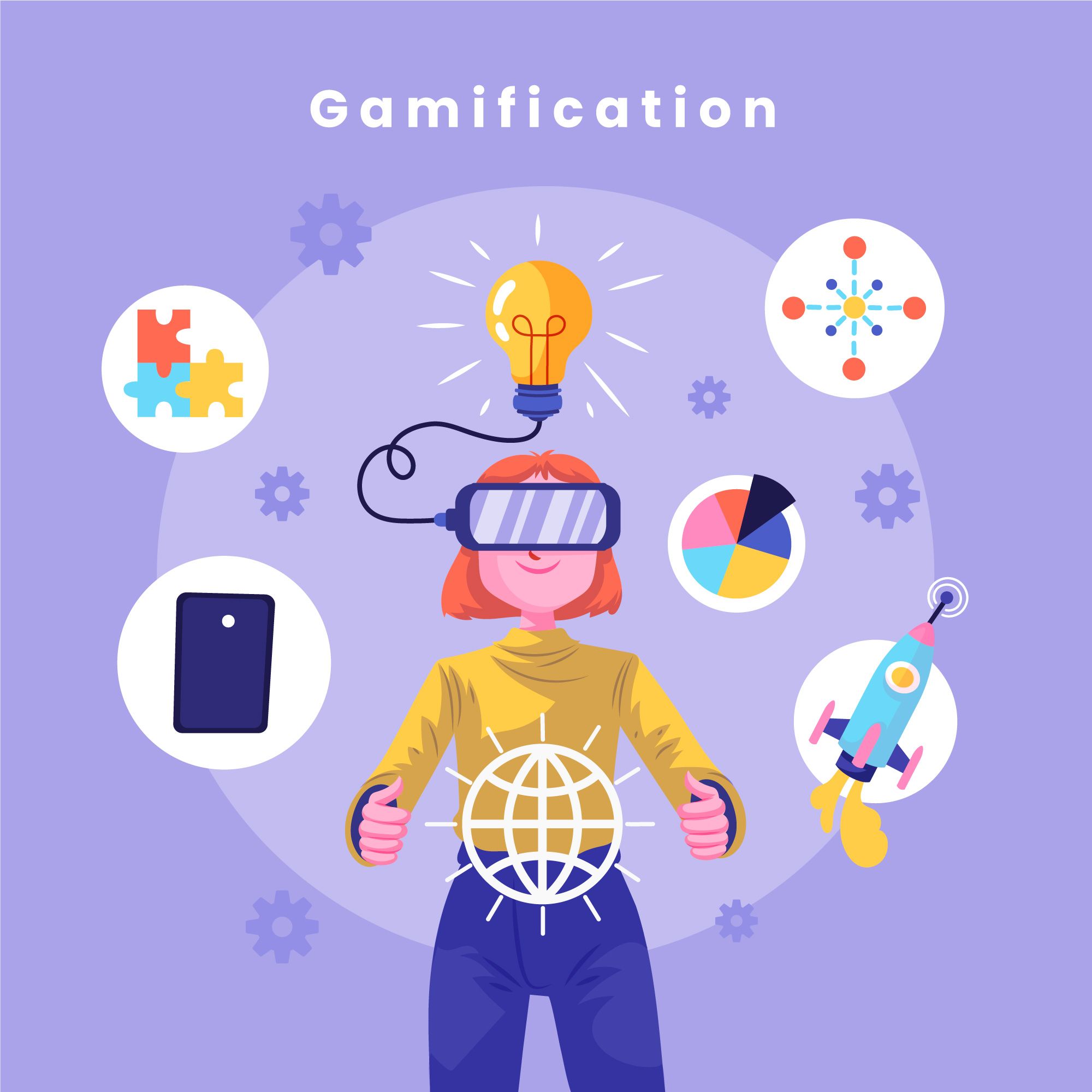A Sheep In Wolf's Clothing: How To Win The Talent War

By SANJEEV NANAVATI
What exactly does war for talent mean?
CEOs (chief executive officers) and boards say it’s one of their key challenges. To solve a problem you need to define it correctly. Therein lies the problem.
Everybody seems to have a slightly different take on the issue.
Is the war for talent primarily a hiring issue, a retention issue or a cost issue? Or all of them or something else?
Why don’t we talk about a war for customers?
Surely acquiring and retaining the right customers is an equally critical challenge. But, companies are geared and wired to handle customers.
If they are out of sync they quickly devote resources to get it right. There is recognition that to succeed you need to create meaningful differentiation through innovation, service, branding and bundling of benefits.
Creating and sustaining a compelling customer value proposition is a constant quest. It would be unusual for a CEO to complain about a war for customers.
A seismic shift?
The problem is that companies don’t approach their employees the way they approach their customers. If they did they would see the war for talent very differently.
They don’t apply the same sharpness, insights, and marketing savvy to developing a differentiated employee value proposition.
Acquiring and retaining talent should be seen as another arena for gaining competitive advantage.
The constant drumbeat about the different needs of Generation X, Y and now Z, that universities don’t produce what industry needs is not the seismic shift it is made out to be.
It reflects an inability to handle the ongoing evolution that has been taking place in the talent market.
A compounded problem
Companies themselves compound the problem. In practice, they treat employees as a dispensable resource. The relationship in reality is transactional.
How many companies react the same way to losing an employee as losing a customer?
The walk does not match the talk that employees are their most valuable asset.
They lament the fact that employees have no loyalty. They leave for the money.
But with no differentiated value proposition, it does become all about the money. As with customers if there is no real value, then it’s all about the price.
Own worst enemy?
Companies are sometimes their worst enemies. Product and services are painstakingly tailored to the tastes of customers in each market.
However, with employees the expectation is that they will speak English with the same fluency, they will have the same values about career progression and they will be motivated by the same things in every market.
How unrealistic is that?
Most companies show little acumen in developing an employee proposition that is adapted to local circumstances, norms and values.
Competency expectations are not matched to the market but are standard for job types as an example. No wonder there is an issue when you try and fit square pegs into round holes.
Then there is herd like behaviour
Companies believe that they must recruit from the best schools. Why?
They can see that successful employees come from varied backgrounds. Effectively outsourcing first level selection to a few universities is lazy.
They swarm over the few candidates that fit within a narrow frame of standardised expectations. When everyone tries to swim in the same pond it does get crowded.
There is a connected mistaken belief that organisational performance is an aggregation of individual performance. That context and processes within a company don’t matter.
Except for a few jobs, this is simply not true. A nuanced view of who is best for the company in a specific role is needed. It is often absent.
So how do you win this war for talent?
A change in mindset and approach is crucial. Today a large part of the problem is that HR (human resources) functions are outdated and are themselves staffed with the wrong talent.
There are career maps, development plans and appraisals. There are ineffective training programmes and knee jerk interventions aimed at select employees. Nothing more than old wine in new bottles.
Just compare this to the customer facing part of the business.
Where is the sharp employee branding and differentiation? Where is the segmentation of employees and unique value proposition to address each segment?
Where is the creativity to find employees in unlikely places? Where are the penetrating insights on employee behaviour and expectations?
Why is the focus on employee experience not the same as that for customer experience?
Most companies lack a deep understanding of why employees really join, why they stay and why they leave.
The war for talent is not out there
A compelling and differentiated value proposition is needed throughout the entire employee lifecycle. It requires a wholesale shift in how HR is staffed, measured and positioned within the organisation.
Customer facing skills and processes need to be embraced. The profusion of data related to employees needs to be replaced by actionable insights.
CEOs and boards need to look at employees through the same prism as they do customers. The real war for talent is the war to change internal mindsets and capabilities.
To win, you have got to stop fighting on the wrong battlefield.
The writer is a senior advisor to the banking practice of one of the leading global management consulting firms. He has deep operating experience and until recently was the longest-serving CEO of Citibank Malaysia. Currently, he is also the elected President of the American Malaysian Chamber of Commerce. He is also a senior faculty at Leaderonomics. To engage the author for your organisation, contact training@leaderonomics.com
This article was previously published in Business Times Singapore.
Functional
Tags: Be A Leader
This article is published by the editors of Leaderonomics.com with the consent of the guest author.





